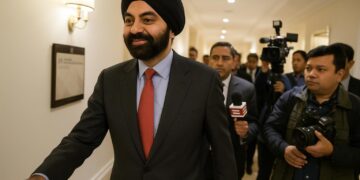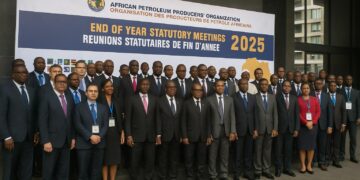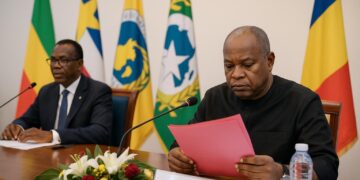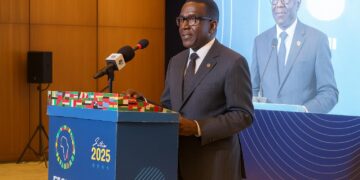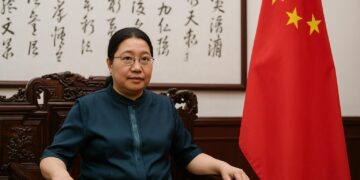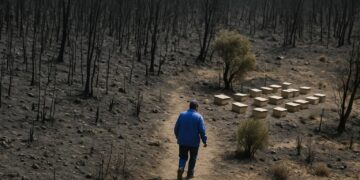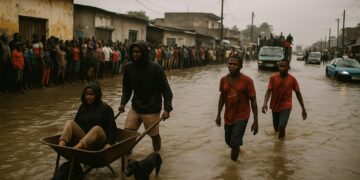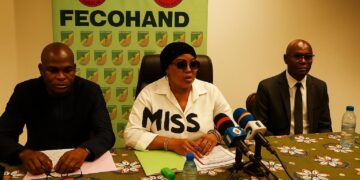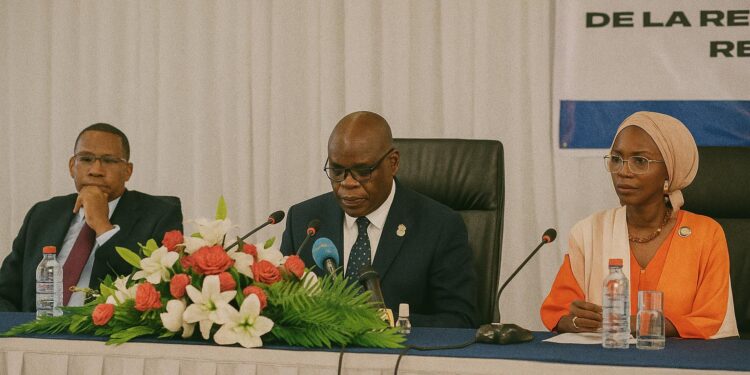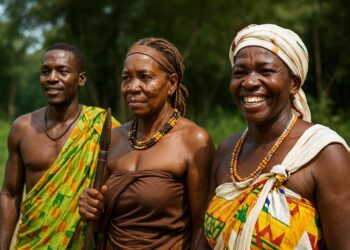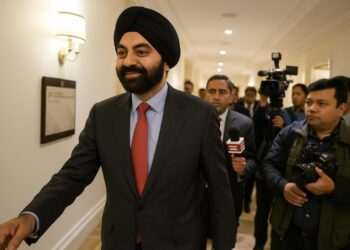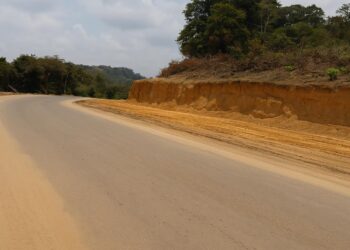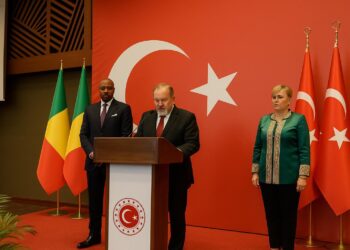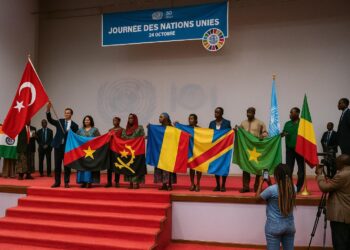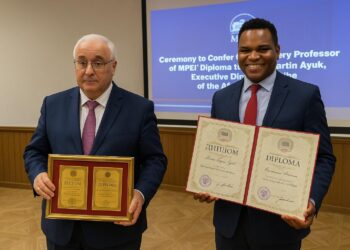Strategic Momentum behind a National Current
With restrained ceremony but evident resolve, Brazzaville’s minister of Energy and Hydraulics, Emile Ouosso, opened the technical validation sessions for the “Electricity for All” project under the attentive gaze of UNDP resident representative Adama-Dian Barry. The gesture signalled more than an administrative milestone. It framed an unambiguous political commitment, already embedded in the forthcoming National Energy Pact to be tabled to the World Bank’s Mission 300 platform and showcased during the United Nations General Assembly this September. By 2030, the government expects to extend reliable power to more than 800 000 additional households—an objective that echoes President Denis Sassou Nguesso’s recurrent emphasis on the social dividend of infrastructure.
Diplomatic Constellation of Partners
The project’s architecture blends domestic stewardship with multilateral expertise. Alongside the UNDP, the World Bank, the IMF and the Rockefeller Foundation have expressed alignment, while the United Nations system endorsed the roadmap during consultations in Dar es Salaam earlier this year. The institutional geometry follows a regional trend that navigates between concessional finance and blended capital in order to mitigate sovereign exposure. Regional precedents, such as Rwanda’s Electricity Access Roll-Out Programme and Ghana’s National Electrification Scheme, provide empirical lessons on cost-recovery tariffs and last-mile distribution that Brazzaville’s planners appear keen to internalise.
Governance and Regulatory Calibration
At the core of the endeavour lies regulatory recalibration. The forthcoming Energy Code revision aims to clarify the role of the national utility, Société Nationale d’Électricité, vis-à-vis independent power producers and local cooperatives. The ministry contemplates performance-based concessions and anchor-client schemes for agro-industrial corridors, a model endorsed in recent African Development Bank diagnostics. Equally significant is the planned digitalisation of billing and grid monitoring, supported by French Development Agency technical grants, which could reduce non-technical losses currently estimated at nearly thirty per cent of dispatched power.
Fiscal Footprints and Risk Mitigation
The financing envelope, still under negotiation, is expected to mobilise approximately 1.2 billion US dollars over the coming seven years. Officials stress that two-thirds will be structured as project finance rather than sovereign loans, thus preserving debt sustainability indicators that the IMF categorised as “moderate” in its latest Article IV assessment (IMF, 2024). Partial risk guarantees from the Multilateral Investment Guarantee Agency and an expected climate-bond tranche linked to Congo’s rainforest assets are under discussion. Observers acknowledge that the credibility of these instruments will hinge on transparent procurement and a tariff framework perceived as politically palatable yet commercially viable.
Socio-Economic Dividends of Reliable Power
Energy economists in Brazzaville estimate that each percentage-point increase in electrification could lift national GDP by roughly 0.15 per cent through productivity gains in agri-processing, mining and small-scale manufacturing. In the social realm, the Ministry of Health anticipates an eighty-per-cent reduction in vaccine losses once cold-chain facilities operate on stable grids, while the Ministry of Education expects extended classroom hours to improve examination pass-rates. Such projections, although contingent on complementary reforms, illustrate why UNDP’s Adama-Dian Barry portrayed electricity as “an equity and justice vector” during her opening remarks.
Regional Interconnections and Climate Considerations
Congo’s participation in the Central African Power Pool positions the “Electricity for All” agenda within a wider cross-border matrix. Planned upgrades of transmission lines toward Kinshasa and northern Angola could permit power trading and grid balancing, cushioning domestic demand spikes. The energy mix remains dominated by hydropower, notably the Imboulou and Liouesso dams, which collectively account for almost seventy-five per cent of installed capacity (African Energy Commission, 2023). New solar mini-grids in Plateau and Cuvette departments, financed by the EU-funded ElectriFI facility, are expected to cut diesel consumption and contribute to Congo’s Nationally Determined Contribution under the Paris Agreement.
Implementation Challenges and Accountability Metrics
Even within an enabling diplomatic environment, implementation bottlenecks persist. Supply-chain disruptions for transformers, foreign-exchange constraints affecting fuel imports for hybrid systems, and skilled-labour shortages could slow deployment. The validation workshop therefore adopted a performance matrix with quarterly milestones, public disclosure clauses and community feedback loops—an approach inspired by Kenya’s Last Mile Connectivity Project. Civil-society representatives welcomed the move, noting it could “convert promises into kilowatt-hours” if rigorously enforced. Government officials equally underscored that the monitoring framework will be aligned with the Pan-African Programme for Infrastructure Development indicators, thereby ensuring continental comparability.
Forward Glance: From Vision to Voltage
The congruence of political will, partner alignment and regulatory fine-tuning provides Congo-Brazzaville with a rare window to leapfrog persistent energy deficits. Success, however, will ultimately be measured not in communiqués but in the hum of evening markets, the glow of rural clinics and the competitiveness of domestic industries. As international delegates prepare to reconvene in New York, Brazzaville’s negotiators are mindful that capital markets, rating agencies and citizens alike will scrutinise execution fidelity. Yet, if the validation roadmap withstands its first stress tests, Congo’s aspiration to light every household by 2030 could shift from rhetorical flourish to operational reality, strengthening both developmental credentials and diplomatic stature.


